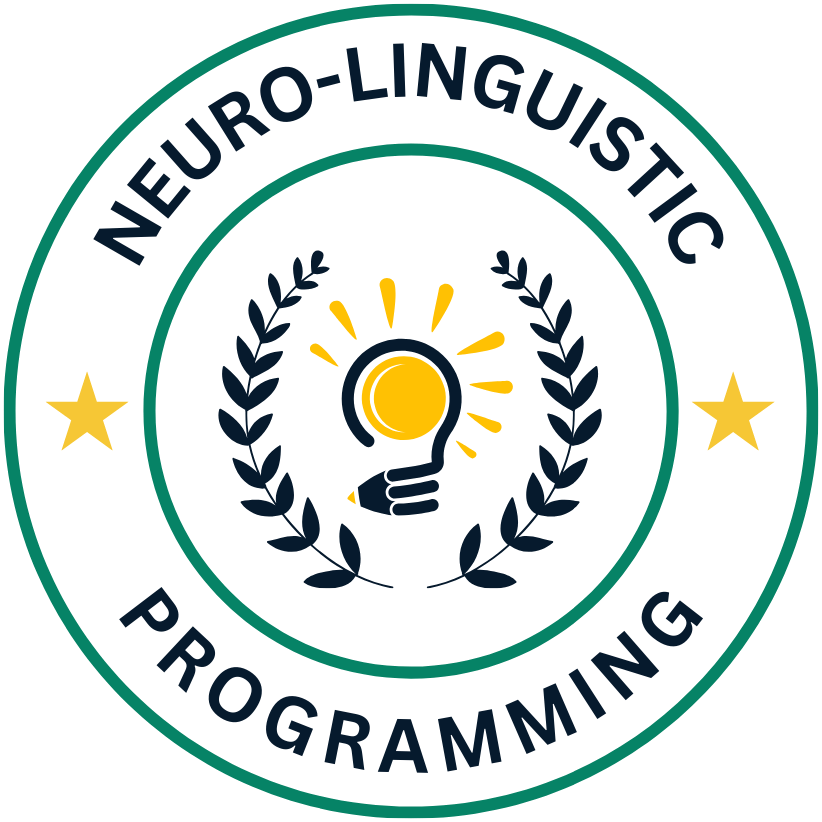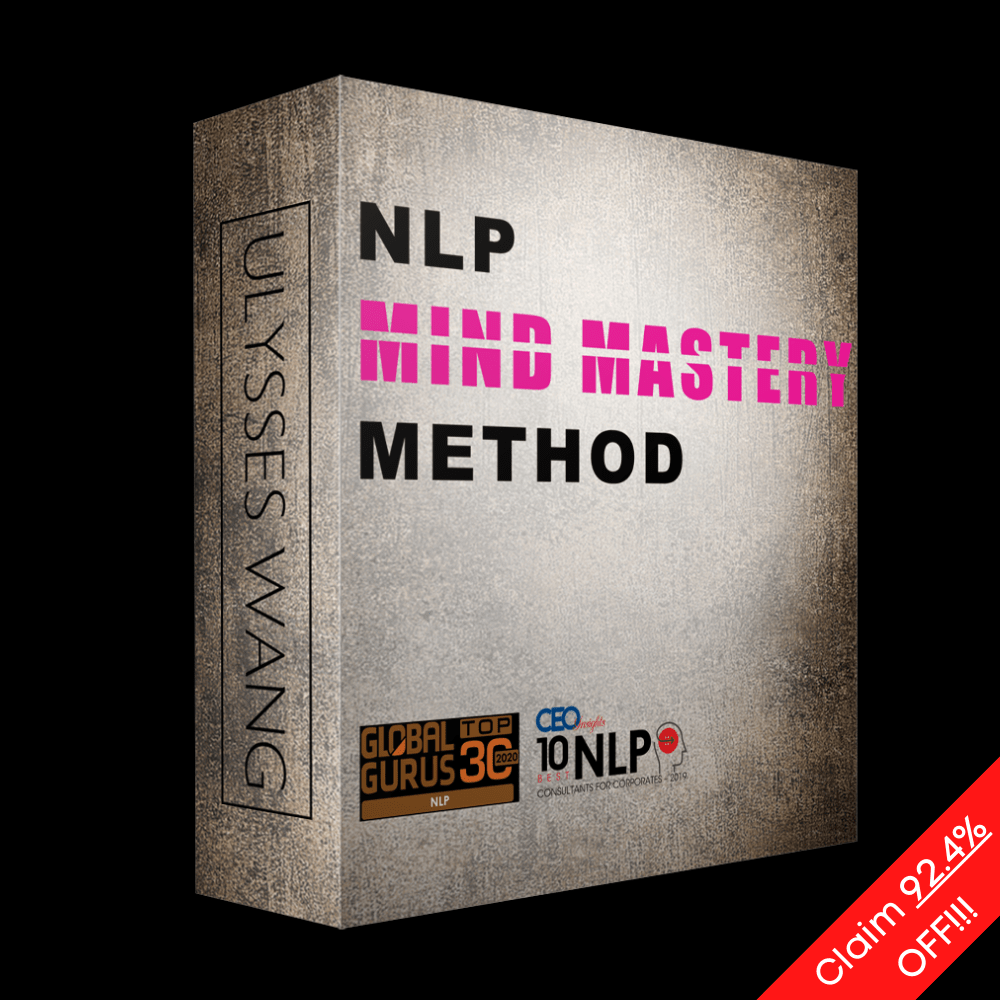Beginner copywriters, look into the powerful world of Neuro-Linguistic Programming (NLP) to elevate your writing skills. This guide will introduce you to NLP techniques that can transform the way you connect with your audience, enhancing the effectiveness of your copy. By harnessing the principles of NLP, you’ll learn how to create persuasive and engaging content that resonates with readers on a deeper level, ultimately driving action. Get ready to unlock the secrets of impactful copywriting and take your writing to new heights!

Understanding Neuro-Linguistic Programming (NLP)
What is NLP?
Your understanding of Neuro-Linguistic Programming (NLP) begins with its essence—how language and thought patterns influence human experience and behavior. There’s a rich interplay between the mind (neuro), language (linguistic), and behavior (programming) that NLP aims to explore and manipulate. It’s a methodology that provides tools to reflect on how we process information, how we communicate, and consequently, how we can influence our internal states and those of others. Whether you aim to become a better communicator, manager, or copywriter, grasping NLP’s foundational ideas can significantly propel you toward achieving your goals.
Key Principles of NLP
Programming involves understanding the inherent structure of subjective experiences. It focuses on how your brain encodes experiences through language and sensory perception, shaping how you interact with the world. One of the core principles is that everyone has their unique map of reality, formed by their experiences, beliefs, and values. Through NLP, you can learn to discern these maps and, through communication, influence others by aligning with their perceptions, leading to effective persuasion in your copywriting efforts.
For instance, by acknowledging the representational systems people utilize—visual, auditory, or kinesthetic—you can tailor your copy to resonate more profoundly with your audience. This means using vivid imagery for visual learners or incorporating sound-related metaphors for auditory types. By strategically embedding these elements in your writing, you elevate your ability to connect and engage your audience on a deeper level, ultimately enhancing the effectiveness of your message and increasing conversion rates.
The Psychology of Copywriting
Some of the most effective copywriting strategies stem from a deep understanding of the psychological factors that influence decision-making. To write compelling copy, you must grasp the underlying motivations and desires of your audience. By identifying their pain points, aspirations, and buying triggers, you can craft messages that resonate powerfully. This ability to connect with your readers not only establishes trust but also positions you as an authority in addressing their needs.
Understanding Your Audience
Audience analysis is the cornerstone of effective copywriting. You need to immerse yourself in the world of your target market to grasp their interests, values, and behaviors. This means conducting research through surveys, social media, and even direct conversations. By understanding who your readers are, you can tailor your language, style, and content to speak directly to them. When you make your audience feel seen and understood, they are more likely to engage with your message and take action.
Emotional Triggers in Writing
An integral part of copywriting is tapping into the emotional triggers that motivate individuals to make decisions. Emotions play a significant role in the purchasing process, often outweighing pure logic. By incorporating storytelling, you can evoke specific feelings such as happiness, fear, or excitement. This emotional engagement can lead to stronger connections and a higher likelihood of conversion. When your writing resonates emotionally with your audience, you create a compelling narrative that encourages them to act.
Writing with emotional triggers in mind allows you to connect deeply with your audience’s inner feelings and thoughts. For instance, you might use nostalgia to evoke memories that motivate customers to purchase a product. Alternatively, you can invoke a sense of urgency by making them feel that they’re missing out on an imperative opportunity. By strategically placing these emotional elements in your copy, you elevate your message from mere information to a persuasive call to action that can significantly influence your audience’s choices.
How to Incorporate NLP Techniques in Copywriting
One of the primary aspects of utilizing Neuro-Linguistic Programming (NLP) in your copywriting is the ability to connect with your audience on a deeper level. By implementing NLP, you can tailor your language to build rapport with your readers, making them feel understood and valued. This involves using phrases and terminology that resonate with their experiences and emotions. To achieve this, consider the values and beliefs of your target audience. Utilize inclusive language that invites them into your narrative and speaks directly to their needs and desires, thereby cultivating a sense of trust and connection.
Building Rapport with Language
While establishing rapport, it is beneficial to mirror the language patterns of your audience, adapting your tone and choice of words to reflect their preferences. This involves being attentive to the words they use and the way they express their thoughts, allowing you to create content that feels more relatable and personal. By using similar phrases and sentence structures, you can create a subconscious bond that encourages them to engage with your message more deeply. You want to create a conversation rather than a monologue, ensuring your copy feels like an inviting dialogue that speaks directly to their experiences.
Utilizing Sensory Language
With sensory language, you can evoke vivid imagery in the minds of your readers, appealing to their senses to create a more immersive experience. Incorporating visual, auditory, and tactile elements into your copy not only grabs attention but also helps your audience connect emotionally with your message. For instance, instead of saying, “Our coffee is delicious,” you might say, “Imagine the rich aroma of freshly brewed coffee enveloping your senses as you take that first warm sip.” This simple shift transports your audience into the experience you are describing, making your message more compelling and memorable.
Building on this, to effectively utilize sensory language, consider the various ways people perceive their surroundings. Whether they favor visual elements, sound, touch, taste, or smell, diversifying your approach allows you to connect with a broader audience. You can consider including adjectives and descriptions that appeal to these different sensory channels, ensuring that your copy resonates with your reader’s unique preferences. By doing so, you create a dynamic experience that not only holds their attention but also enhances their emotional response to your message, ultimately driving them to take action.
Tips for Effective NLP Copywriting
Keep your audience engaged and motivated by utilizing powerful NLP techniques. Focus on understanding their needs and desires, and tailor your messaging accordingly. Here are some strategies to enhance your copywriting:
- Use sensory language to evoke emotions and create vivid imagery.
- Incorporate social proof and testimonials to build trust.
- Apply embedded commands to subtly guide your readers toward taking action.
- Utilize the principle of reciprocity by providing value upfront.
- Leverage urgency or scarcity to compel immediate action.
Recognizing the psychological triggers that resonate with your audience will significantly enhance your ability to connect and convert through your writing.
Crafting Compelling Headlines
If you want to capture attention, crafting compelling headlines is crucial. Your headlines serve as the gateway to your content, so they must intrigue and prompt curiosity. Utilize action words, create a sense of urgency, and ask questions that your target audience finds relatable. Headlines should not only convey what readers can expect but also why they should care—this will motivate them to look into your copy.
Furthermore, employing techniques such as alliteration or power words can make your headlines more memorable. Experiment with different formats and test what resonates best with your audience to discover the impact a strong headline can have on your overall success.
The Power of Storytelling
On most occasions, storytelling can be an incredibly powerful tool in your NLP copywriting arsenal. Craft narratives that resonate with your audience and encompass relatable characters and challenges to foster a connection. When your audience sees themselves in your stories, they are more likely to respond and engage with your message. This emotional engagement helps build a strong bond, making your copy memorable and more persuasive.
Crafting stories that highlight transformation is particularly effective. When you share relatable experiences or success stories, you not only illustrate the potential benefits of your offerings, but you also inspire hope and illustrate the possibilities. Connecting your message through storytelling elevates your copy and makes it resonate with your audience, drawing them in and compelling them to take action.
Factors Influencing Successful Copywriting
After understanding the principles behind neuro-linguistic programming (NLP) in copywriting, it’s necessary to recognize the various factors that can influence the effectiveness of your writing. These elements can significantly impact how your message resonates with your audience, ultimately leading to greater engagement and conversions. Some of the factors you should consider include:
- Understanding your target audience
- Utilizing persuasive language
- Employing NLP techniques
- Creating emotional connections
- Maintaining consistency in tone and style
After you explore these aspects, you can refine your copywriting skills to make your content more impactful.
Clarity and Brevity
Influencing your readers effectively begins with clarity and brevity. You want your message to be easily understood, which means avoiding overly complex language and convoluted sentences. By prioritizing clarity, you’re necessaryly presenting your ideas in a straightforward manner that resonates with your audience. Brevity also plays an important role; it encourages you to eliminate unnecessary words, making your copy more digestible and engaging.
Incorporating these elements ensures that you maintain your audience’s attention. Clear and concise writing enables readers to grasp your message quickly and facilitates better communication, leaving little room for confusion or misinterpretation.
Calls to Action and Persuasion
On the other hand, crafting effective calls to action (CTAs) and employing persuasive techniques are also vital in driving your audience toward a desired response. By incorporating strong and directive language, you can guide your readers toward taking specific actions, whether that involves making a purchase, signing up for a newsletter, or engaging with your brand on social media. CTAs should be clear, compelling, and relevant, leaving no doubt in your audience’s mind about what you want them to do next.
Factors that contribute to successful CTAs include making them user-centric, visibly placing them in strategic locations, and maintaining a sense of urgency. By tapping into your audience’s emotions and desires, you can create a persuasive atmosphere that encourages action while aligning with your overall messaging. A well-crafted CTA not only simplifies the decision-making process for your audience but also serves as a powerful tool for conversion.
Common Mistakes to Avoid in NLP Copywriting
Overcomplicating Language
Copywriting is meant to resonate with your audience, and using overly complex language can become a barrier rather than a bridge. When you incorporate too many jargon-laden phrases or convoluted sentence structures, you risk alienating your readers. Your goal should be clarity, allowing your audience to easily grasp your message without feeling overwhelmed or confused. Streamlined, straightforward language enhances comprehension and keeps your audience engaged.
Ignoring Audience Needs
For your NLP copywriting to be effective, it’s imperative that you pay attention to the needs and preferences of your audience. When you create content without considering who will be reading it, you might miss the mark entirely. Tailoring your message to your audience’s specific pain points, desires, and interests not only demonstrates empathy but also makes your copy more compelling. Understand what motivates your readers and address those motivations directly in your writing.
Ignoring your audience’s needs can lead to copy that feels generic or disconnected. When your readers don’t see themselves reflected in your words, they are less likely to engage with your content or take action. Make it a habit to conduct audience research and employ techniques such as personas to better understand the people you’re communicating with. This will ensure that your copy remains relevant and impactful.
To wrap up
With these considerations in mind, you are now equipped to explore the powerful intersection between Neuro-Linguistic Programming (NLP) and copywriting. By understanding the core principles of NLP, such as anchoring, mirroring, and the use of sensory language, you can significantly enhance your copywriting skills. Your ability to connect with your audience on a deeper, more emotional level will improve, making your messages more persuasive and impactful. As you practice these techniques, you will find your writing resonates more effectively with your target market, helping you achieve your communication goals.
As you initiate on your journey into NLP copywriting, keep in mind the importance of adaptability and continuous learning. Experiment with different approaches and observe how your audience responds. By fine-tuning your techniques and maintaining an open mind, you will develop a distinctive voice that captivates your readers. These strategies will serve as a valuable foundation for your writing endeavors, enabling you to craft compelling narratives that influence and inspire action. Embrace the journey, and enjoy the process of becoming a more proficient copywriter using NLP principles.
FAQ
Q: What is Neuro-Linguistic Programming (NLP) and how does it relate to copywriting?
A: Neuro-Linguistic Programming (NLP) is a psychological approach that involves understanding and organizing human experience and behavior through language and communication techniques. In the context of copywriting, NLP can be used to create persuasive content by understanding how language influences people’s thoughts and emotions. By applying NLP principles, copywriters can craft messages that resonate more deeply with their audience, effectively motivating them to take action.
Q: Can beginners effectively apply NLP techniques in their copywriting without prior knowledge?
A: Absolutely! While NLP may seem complex, beginners can start applying basic techniques with practice. Focus on understanding foundational concepts such as anchoring emotions and utilizing sensory language, which can refine your writing. Simple strategies, like using imagery and metaphors that appeal to readers’ senses, can enhance your copy’s effectiveness. As you gain experience, you can research deeper into more advanced NLP techniques to further improve your writing skills.
Q: What are some practical tips for using NLP in copywriting?
A: To effectively incorporate NLP into your copywriting, consider these practical tips: 1) Use sensory-rich language that engages the reader’s visual, auditory, and kinesthetic experiences. For example, instead of saying “the product works well,” say “the product effortlessly glides through your hands, delivering a smooth and captivating experience.” 2) Employ storytelling techniques to connect emotionally with your audience; stories create relatable scenarios that can lead to persuasive outcomes. 3) Experiment with different writing styles and tones to find what resonates best with your target audience, staying attuned to their emotional states and needs.



